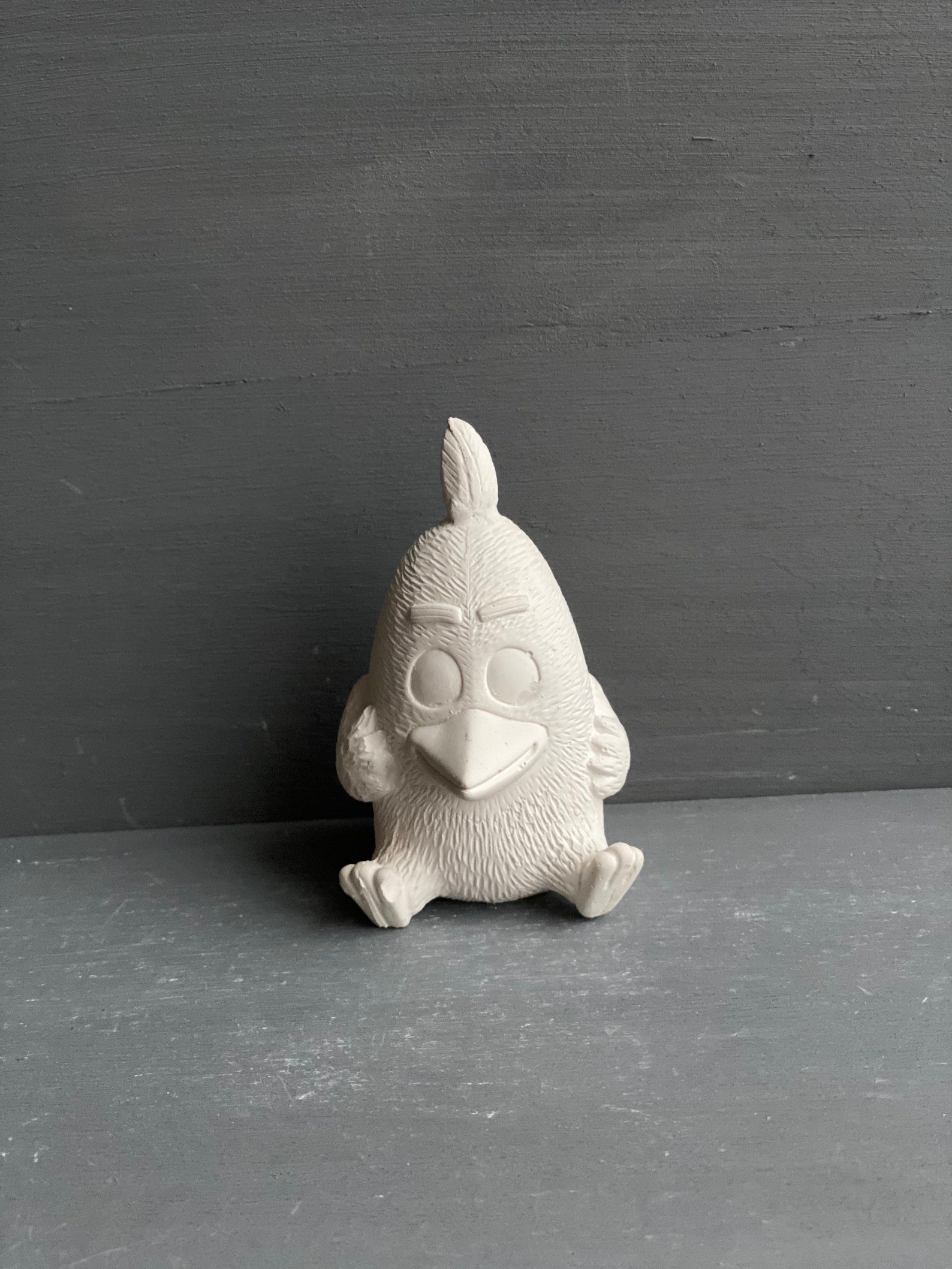

GOLDEN High Flow Acrylics may be applied directly to unsealed plaster. Once the surface is sealed, thicker products such as Fluid Acrylics or Heavy Body Acrylics can be used. As each coat continues sealing the surface, the plaster remains a bit darker. An indicator of this is the plaster darkens while wet, and then lightens as it dries. Allow time for each layer to sufficiently dry. This is the key to painting with acrylics onto plaster. Uncoated plaster is extremely absorbent and allows thin products to penetrate deeply and seal the surface, thus paving the way for the next layer. Therefore, thin products are better suited as the initial coats.

However, the surface of cast plaster is usually smooth and thicker paints often cannot penetrate deep enough to create a strong bond. Drying rooms or low temperature ovens expedite the drying rate for objects.Īcrylics are alkaline in the wet state and adhere well to plaster. Ultimately, the plaster needs to be very dry in order for the initial priming layers to properly bond to the plaster surface. This process may take up to a month, so follow the plaster manufacturer’s recommendations on curing time. The darker area has three thin layers applied.īefore painting plaster, it is important to allow the material to become fully dry. Airbrush Transparent Extender is used to seal the surface of the cast plaster. Traditionally shellac is used as a plaster sealer, but this article focuses on using waterborne acrylics for both sealing and painting. Of course other sources are now known, but this specific vein of gypsum was proven to be an extremely important component for mold-making and casting and the name is now synonymous with plaster. The term “Plaster of Paris” originates from 15 th century Montmartre, France – the source for its prized hemihydrated calcium sulfate. The duel use of form and function is evidenced by their opulent palaces and tombs, including the pyramids of Giza. Ancient Egyptian builders employed calcined (heated) gypsum into their plaster, which improved the functional use. The rather simple mixture of lime powder, crushed limestone and water was used to achieve smooth walls for interior wall decoration. Plaster has been decorated with paint since its earliest known usage back in 7500 B.C.

On the right is the same object painted initially with High Flow Acrylics, then Fluid Iridescent Bright Gold (Fine). On the left, an uncoated hydrostone plaster object with 5% Acrylic Modifier for Plaster.


 0 kommentar(er)
0 kommentar(er)
